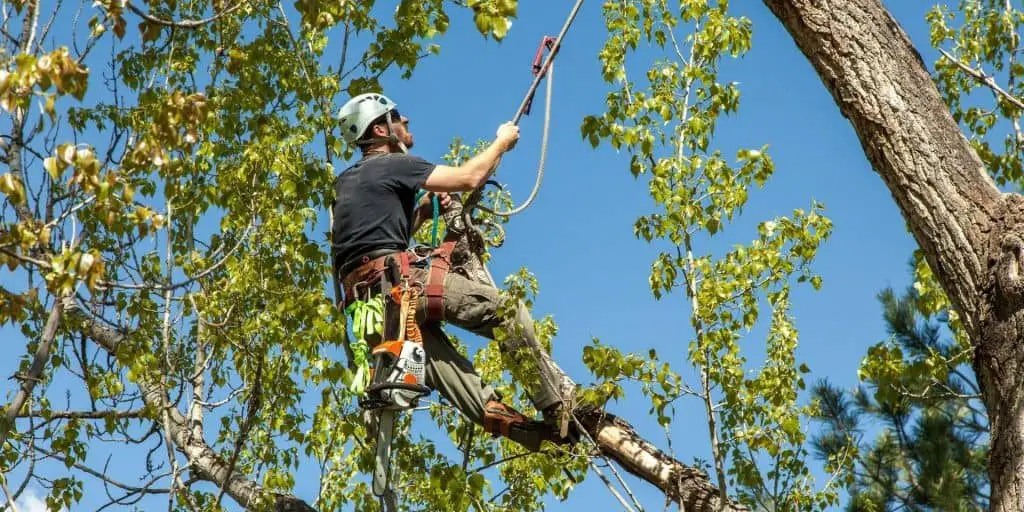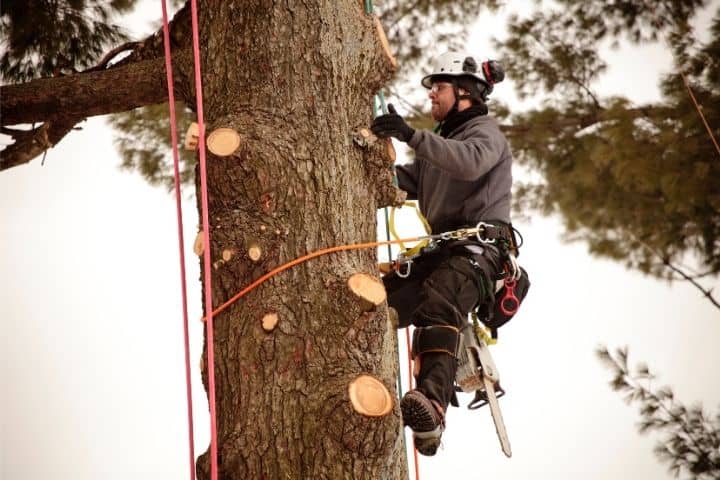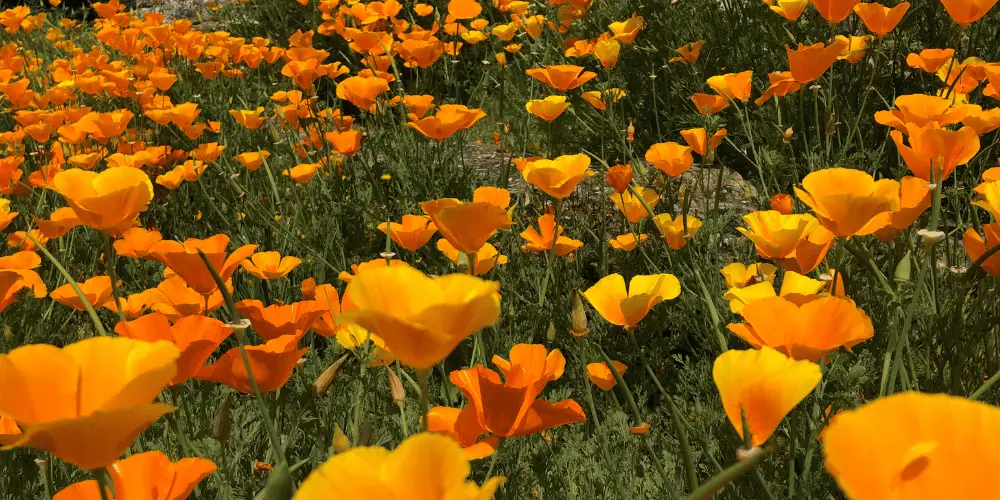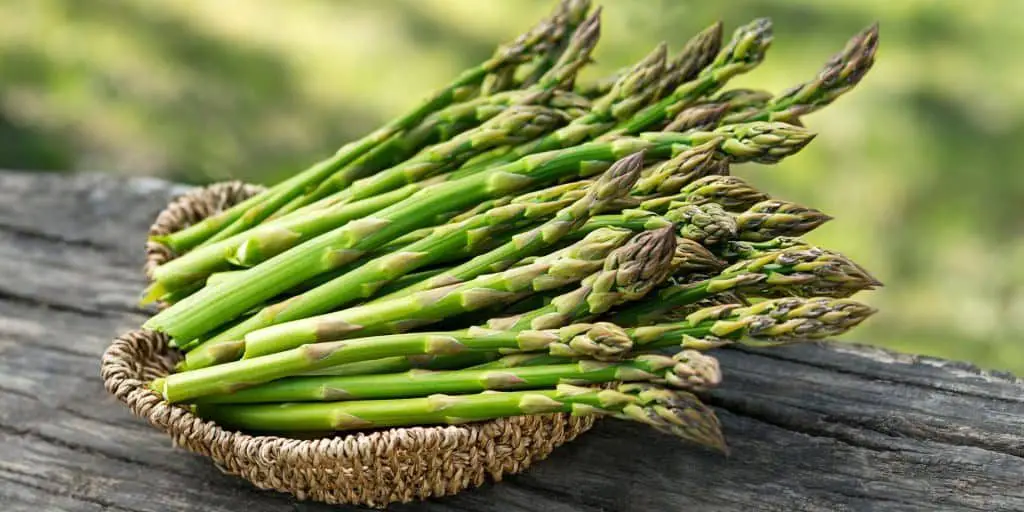
What Is An Arborist?
An arborist is a trained tree expert that is able to identify and manage tree diseases and pests, and maintain trees so that they have optimum health and longevity. The most expert arborists are certified by the International Society of Arboriculture, which requires that they pass a lengthy test plus take ongoing education credits.
But who needs an arborist, and why should you bother to call one if your trees seem perfectly fine?
What does an arborist do?
Arborists are often called “tree doctors,” and that’s actually a pretty good comparison. Just like people get yearly checkups in order to address existing health concerns and see if any new ones have cropped up in the last twelve months, trees need regular care and assessment in order to be as healthy as possible and to live out their long lifespans. Trees are living organisms, and they need check ups just like you do!
Many times the signs and symptoms of disease or pest infestation will go unnoticed by someone who isn’t trained. Arborists have the experience and tools to know whether bark discoloration, out-of-season leaf drop, or excessive sap production is a problem or something that’s normal for your tree.
Do arborists do consulting?
Arborists are also valuable consultants when you want to add new trees to your landscape. They can help you find the right tree for the right place on your property, and help you to plant it and care for it so that it has the best possible start. After all, an ounce of prevention is worth a pound of cure.
Trees (and other plants!) are complex organisms that have their own needs and their own ideal niche in an ecology–even if that ecology is just in your backyard. So your local arborist’s expert advice is extremely valuable even in the early stages of a landscape design.
Do arborists prune trees?
Yes, and often arborists are called in when a tree’s branches are interfering with a power line or growing into the side of a house. But they also prune trees for other reasons like thinning dead or diseased wood, to trigger fruit production, and to increase a tree’s aesthetic appeal.
It’s easy to make a bad cut by removing a limb too far away from the trunk or too close to it. In both cases, the tree is unable to seal the wound and is vulnerable to infection. Many run-of-the-mill landscape companies prune trees with a chainsaw, which interrupts the tree’s hormone balance and triggers runaway growth that ultimately drains the tree of energy.
An arborist knows how to make good cuts that remove the offending limbs without compromising the health or overall appearance of the tree in question.
An arborist will also be able to prune trees in season, which is very important with flowering trees, since some of them bloom on new wood and some of them on old.
But how can you know that your local arborists are actually qualified to make those cuts? The best way is to find yourself one that is ISA certified.

What is an ISA certification?
The International Society of Arboriculture is a professional society that offers official arborist credentials. If an arborist has an ISA certification, then he or she meets their stringent requirements for membership, which include:
At least three years working in the tree care industry, or a related bachelor’s degree
Passing a rigorous exam
Continuing education credits
If arborists are tree doctors, then an ISA credential makes them board-certified. They are the most skilled tree professionals with the most up-to-date knowledge.
When should you call an arborist?
You should have an arborist come and evaluate your trees on a regular basis. This can be every two years, once a year, or twice a year, depending on how many trees you have and what condition they are in.
Fruit trees, for example, benefit from a light pruning every year in order to produce more fruit. Similarly, many flowering trees and shrubs will have a more abundant bloom after a strategic pruning. Fruit trees are also more vulnerable to diseases like fireblight, which an arborist can help you spot and treat before it kills the tree.
If you have trees whose branches grow into a powerline or are encroaching on a public sidewalk, an arborist can reduce the tree without mutilating it. They can also thin out overgrown trees and keep branches from growing too close to a house wall or a fence. Many homeowners also bring in arborists to care for trees that were expensive to install, or trees with sentimental value.
Arborists are also experts at rehabilitating trees after damage from extreme weather events. Heavy, wet snows and strong winds often make branches snap and break. An arborist can remove any wood that is dead, and also make cuts that will help less damaged branches recover. This will help the tree bounce back with as much of its structure intact as possible.
If you want to see what a day in the life of an arborist looks like, check out this great video from the Morton Arboretum.








